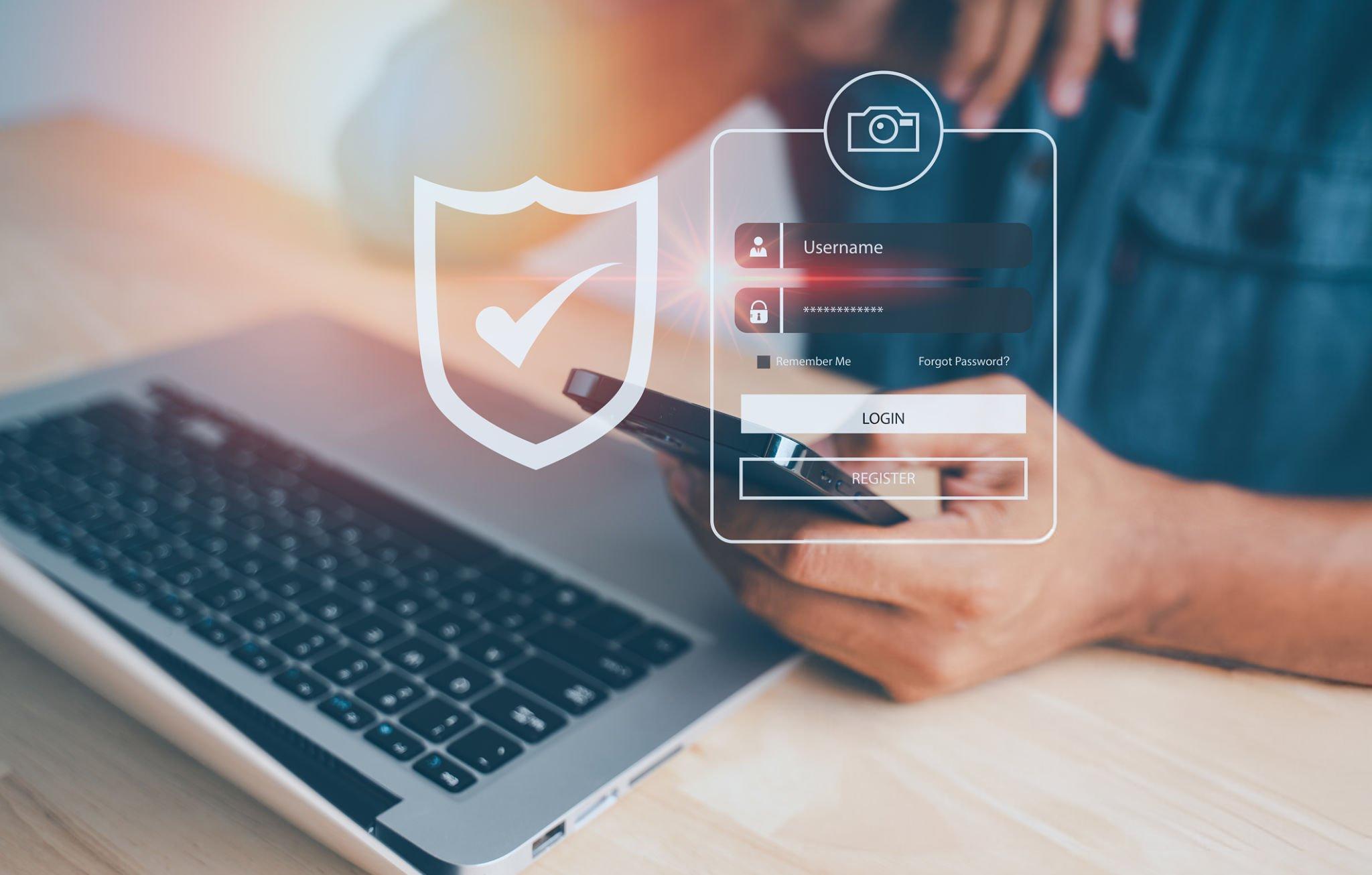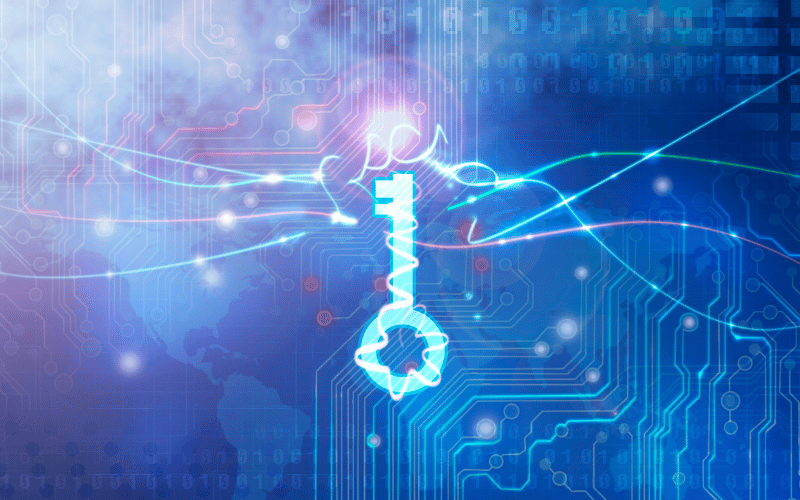Multi-factor authentication, or MFA, adds a second or third layer of security to your login process. You’ve likely seen it when you’re asked to enter a code sent to your phone or email after typing in your password. While MFA helps reduce the chances of unauthorized access, getting it set up can be a different story. It’s not uncommon for users or IT teams to run into frustrating roadblocks early in the process.
Whether it’s an app not syncing, users forgetting their backup codes, or systems that don’t play well with certain authentication methods, setup issues can derail security plans fast. The good news is that there are ways to deal with these problems before they become a headache. Figuring out how MFA works and knowing what to look for during setup makes a big difference.
Understanding Multi-Factor Authentication
Multi-factor authentication works by requiring more than just a password to confirm your identity. This can come in different forms, often from three basic categories:
– Something you know (like a password or personal identification number)
– Something you have (like a phone or security token)
– Something you are (like a fingerprint or facial scan)
Most setups combine a password with something you have, such as a verification code sent through a mobile app like Google Authenticator or text message. Some systems also offer email-based verification or hardware tokens that plug into your computer. More advanced options use biometrics, especially in environments where security needs to be tighter.
MFA isn’t just for banks or large companies. Even small businesses and individuals are adding it to their everyday security plans. It creates a much-needed barrier that blocks out people trying to sneak into accounts with stolen passwords. Still, things don’t always go smoothly.
For example, someone might enable MFA at work using a personal phone and then replace that device without updating their credentials. Suddenly, they’re locked out and don’t have backup options ready. That’s one common scenario that shows why it’s not only about enabling MFA but also about maintaining it properly.
Common Multi-Factor Authentication Setup Problems
Running into issues during MFA setup is more common than most people think. Challenges can range from technical hold-ups to user-related problems. These are the ones that show up most often:
1. Compatibility Problems
Some authentication apps or tools don’t play well with every system. Older software might lack support for newer MFA options. If your setup includes multiple working environments, syncing them all can become tricky.
2. User Pushback
Not everyone is keen on changing how they log in. Some users see MFA as an inconvenience, especially if they need to grab a second device just to access their email. Without guidance or explanations, it’s easy for users to turn off or avoid MFA completely.
3. Delays and Glitches
Authentication codes don’t always arrive right away. If someone’s phone signal is spotty or their app doesn’t auto-refresh correctly, it can slow down the login process. Sync issues between time-based apps and servers are another hidden snag.
4. Backup Code Confusion
Backup codes are supposed to help you if you lose access to your primary device, but not everyone stores these safely. Some don’t even know they have them. When the prompt appears to use a backup code, they’re stuck.
Understanding where problems crop up is the first step to getting things back on track. Addressing these issues early ensures users feel confident and supported through the process. Setting up MFA should feel like adding safety, not creating stress.
Solutions to Multi-Factor Authentication Problems
Having a reliable multi-factor authentication system in place means addressing common roadblocks early. Here are some practical ways to avoid or overcome setup problems.
1. Compatibility Checks
Start by making sure your authentication tools support the systems and apps you already use. Many providers offer lists of compatible devices and platforms. Upgrading operating systems and moving to newer applications can also help make integrations smoother.
2. User Education and Training
User resistance goes down when people feel prepared. Teach employees why MFA matters, how it protects them, and how to deal with routine challenges. Using real-life scenarios during training helps connect the dots. Include what to do if a phone is lost, how to store backup codes, and when to ask for help.
3. Improving Technical Systems
Slow syncing and missing codes can drive users to quit MFA altogether. Use authentication apps and software that refresh automatically and support time syncing with your servers. Make sure mobile apps stay current with updates and patches that fix performance issues.
4. Backup Code Management
Even with great planning, phones break or get replaced. That’s where backup codes come in. Employees should be reminded where to keep their codes and why they’re important. Encourage storage in encrypted password managers or similar secure places. That way, if something goes wrong, recovery doesn’t take hours.
By addressing these trouble spots, your organization builds a base of trust in the system. MFA transitions from something users dread to something they depend on.
Keeping Your Authentication Strategy Strong
Setting up MFA is only the first step. Over time, systems evolve, and threats do too. A strong authentication strategy requires regular reviews and adaptation. Keeping it current helps you stay ahead.
– Regular Audits and Updates
Look over your MFA logs and processes routinely. See how many users are enrolled, where problems happen most, and which devices people are using. These security check-ins help fine-tune both the system and user support.
– User Feedback Integration
Your users live with these systems every day. Listening to what they say about the good and the bad can uncover small changes that make a big difference. Surveys, feedback forms, and even informal conversations can highlight areas for improvement.
– Integrating Zero Trust Principles
MFA is a foundation, but it works even better as part of a bigger plan. Add tools like endpoint protection and encryption to keep access limited and monitored. Think about who should have access to what and when, and set up controls based on risk levels.
Building a strong defense takes time and attention. But when done right, it gives your team peace of mind and your data the security it needs.
Secure Your IT Environment with Portnox’s Expertise
Setting up multi-factor authentication across different systems can get complicated. It takes time, patience, and a clear strategy to make everything work together. But that doesn’t mean you need to do it all alone.
Portnox supports IT teams with tools that simplify authentication in IT security. From choosing the right verification methods to solving technical issues quickly, Portnox helps make MFA easier to manage. You get more control, fewer user complaints, and confidence that your security is moving in the right direction.
For continued safety and easy adoption, it makes sense to work with experts who know the ins and outs of MFA. Let Portnox help you take the guesswork out of authentication management and build a stronger, safer infrastructure for your entire organization.
To strengthen your organization’s security approach, take the next step with solutions designed to simplify authentication in IT security. Portnox delivers the tools and support needed to create a streamlined, effective MFA setup that keeps your systems protected and your users connected with confidence.
Try Portnox Cloud for Free Today
Gain access to all of Portnox's powerful zero trust access control free capabilities for 30 days!




